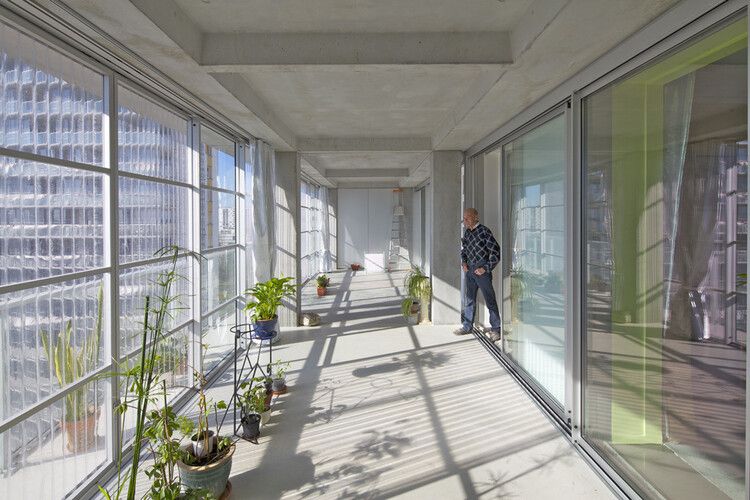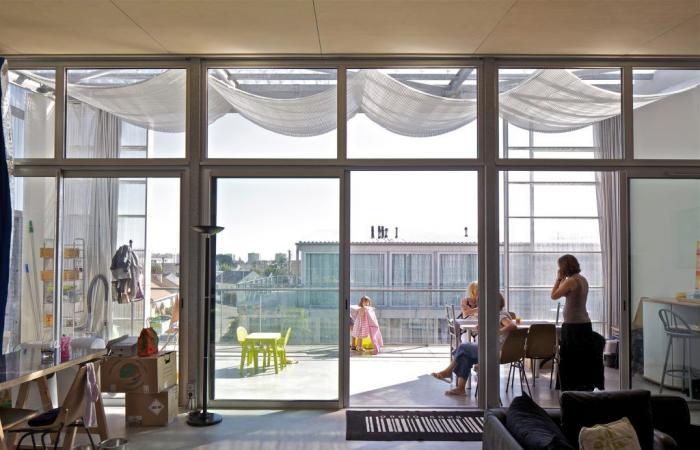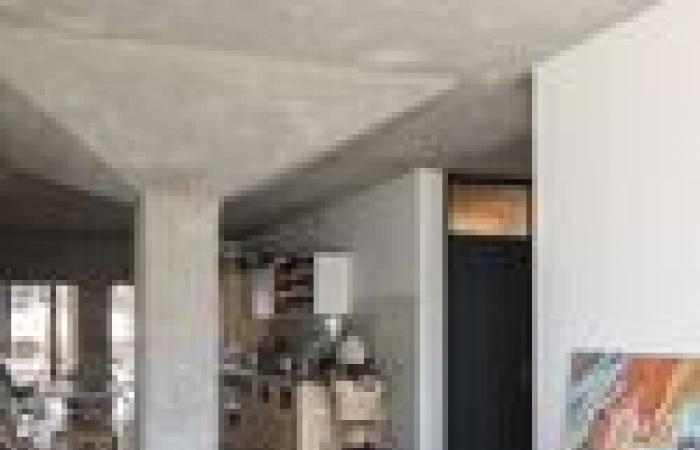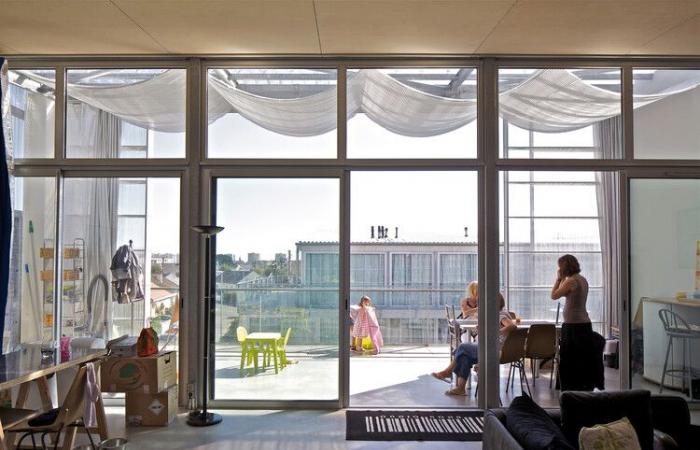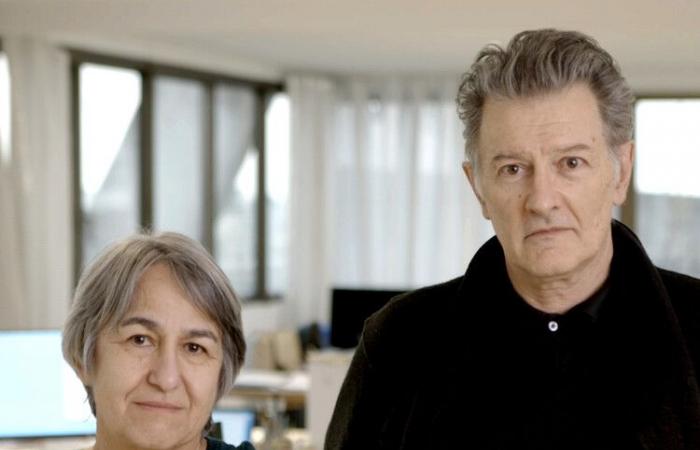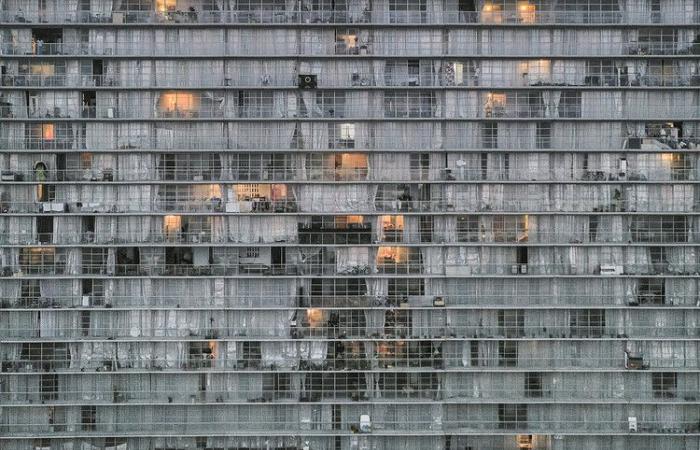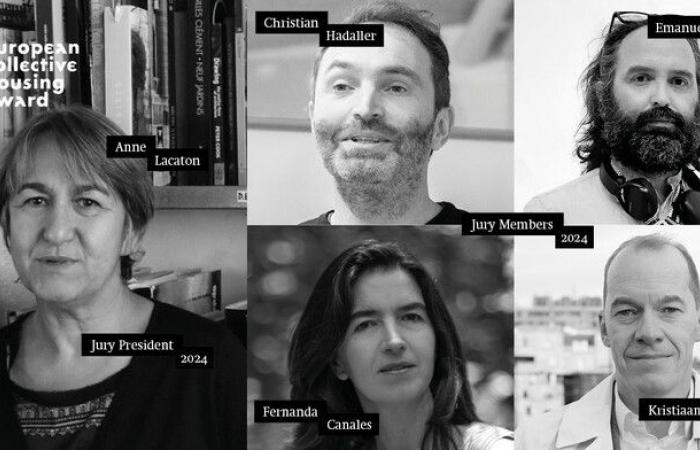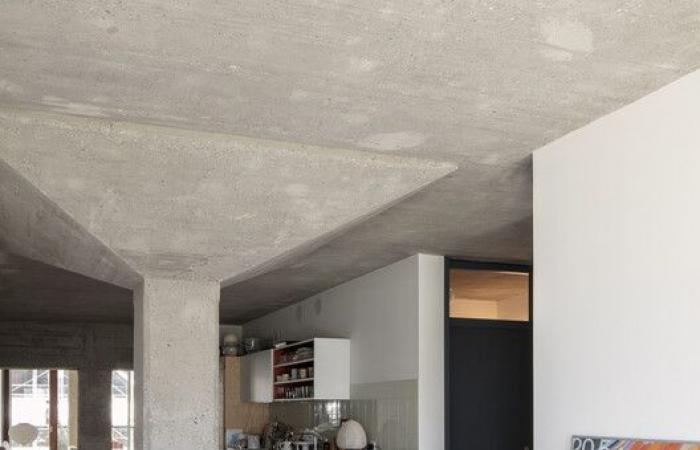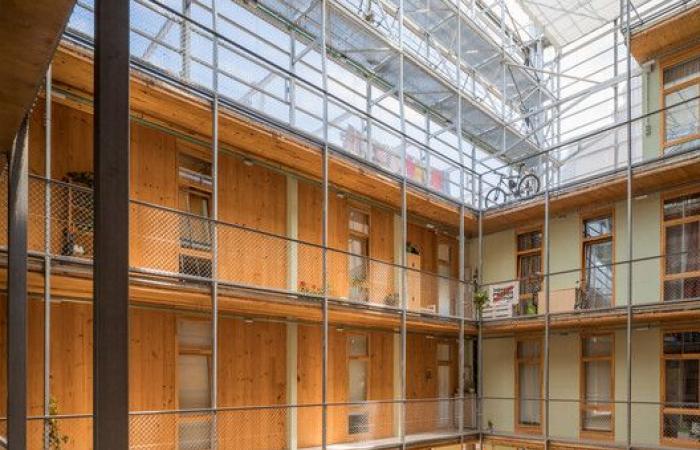Share Share
EITHER
Clipboard “COPY” Copy
Led by one of the Pritzker Prize winners Anne Lacaton, the jury of the European Collective Housing Awards has just selected the winners of its first edition. Created by the Basque Institute of Architecture and Arc en Rêve Center d’Architecture in collaboration with the Department of Territorial Planning, the award celebrates innovation and excellence in the design of collective housing, emphasizing aesthetics, social responsibility and environmental sustainability . The winning projects, the La Borda Housing Collective in Spain and the Conversion of a Wine Warehouse into a Housing in Switzerland, were selected from 171 projects from 19 European countries for their contributions to new construction and renovation, respectively.
Anne Lacaton, recognized for her innovative work with her partner Jean-Philippe Vassal, has been working to push the boundaries of sustainable and socially responsible housing architecture for decades. Pritzker Prize laureates are recognized for their innovative approach to social housing and are committed to improving the quality of life for residents. Her philosophy focuses on creating generous and adaptable spaces that rethink how we live together. In San Sebastián, ArchDaily had the opportunity to interview the Pritzker Prize winner to delve deeper into her architectural practice and philosophy. In the conversation, the architect explored the fundamental values, the importance of reuse in social housing and the promising trends in collective housing design that emerged from the first edition of the awards.
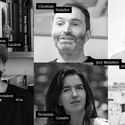


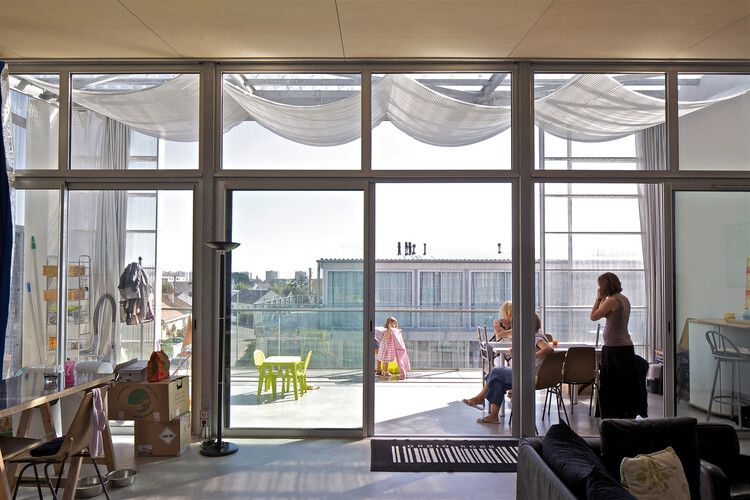 + 9
+ 9
Read on to discover more about the principles and ideas that guide Anne Lacaton’s acclaimed work, as well as her perspectives on the future of collective housing.
Related article
Lesley Lokko on the 2023 Venice Architecture Biennale: “I hope it provokes the audience to think differently and with more empathy”
AD: Lacaton & Vassal is known for its innovative and sustainable designs, especially in social housing. Could you explain the core values that guide your work and how you balance aesthetics with social responsibility?
TO THE: I believe that it is based from the beginning on an approach with the conviction that housing is something extremely important for everyone and that what is proposed to the inhabitants as housing is often not a very desirable space or is not large enough to have a great life. From the beginning, we asked ourselves the question of how to give people more freedom to live in space. In fact, it’s about the generosity of space. It was something we wanted to explore because we had the feeling that it was important to change the way housing is received or standardized. And it has nothing to do with cost. We always say that whatever the cost or budget we have, as architects we should be able to produce more space and of better quality. And that’s what we did.
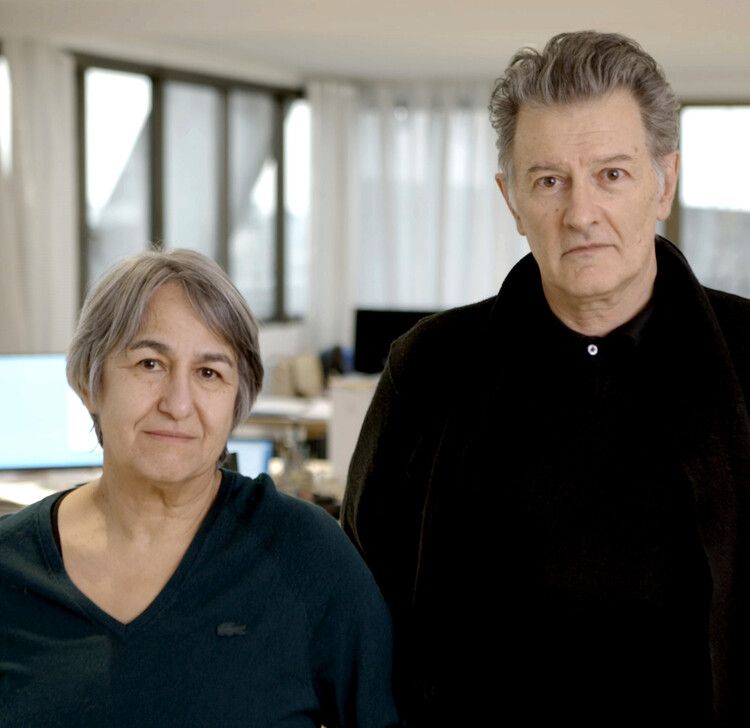
AD: Your projects tend to focus on rehabilitation or reuse as a social housing methodology rather than new construction. What are the key benefits of this approach for communities and the environment?
TO THE: In 30 years of practice, a lot has changed: the rules, all these new regulations about saving energy and working with the climate. We have always been interested in how housing should also function much better with the climate and take advantage of its resources instead of being closed off and isolated. But, step by step, we have been improving. And then the issue of reusing buildings was added, because it became something very critical in the 2000s and very important in France with a new policy of demolition and reconstruction with which we did not agree.
And we wanted to work on that and see what could be done instead of demolishing. It was something very important for us, but it is also linked to the other issue of giving more space and being generous. If you have an existing structure, you have 60% of the work done. And you can add the missing 40%. So, everything is based on this. But it’s not just for housing. For any project, we are really involved in this issue of giving freedom.
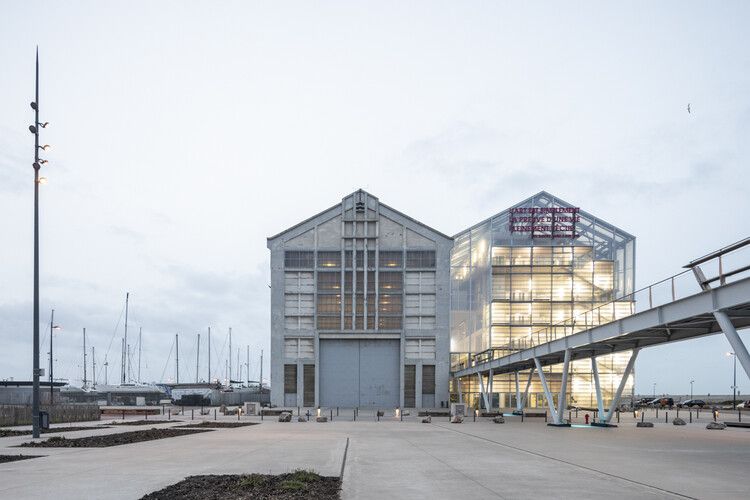
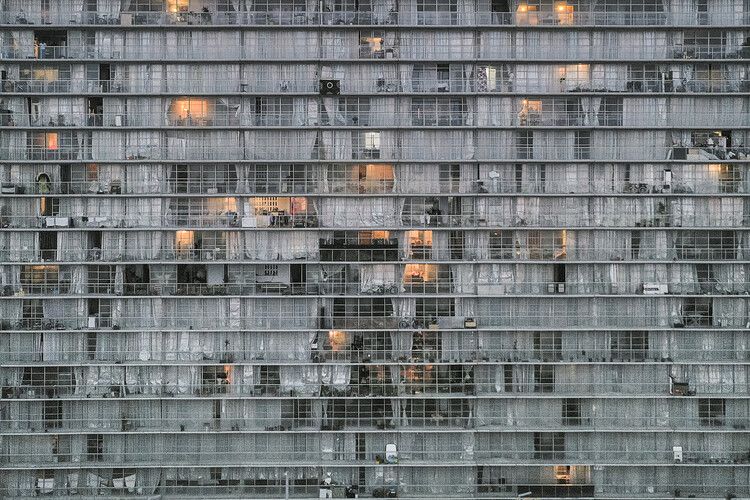
AD: As president of the jury of the first edition of the European Collective Housing Award, what trends in collective housing design seem most promising to you?
TO THE: It is important to advocate for collective housing first. Because we need to work with collective housing and we cannot extend to more cities. We can no longer end up living in small houses. I’m not talking about the countryside, but living in a small house near the city is no longer reasonable. Therefore, we must make collective housing more than just a collective space.
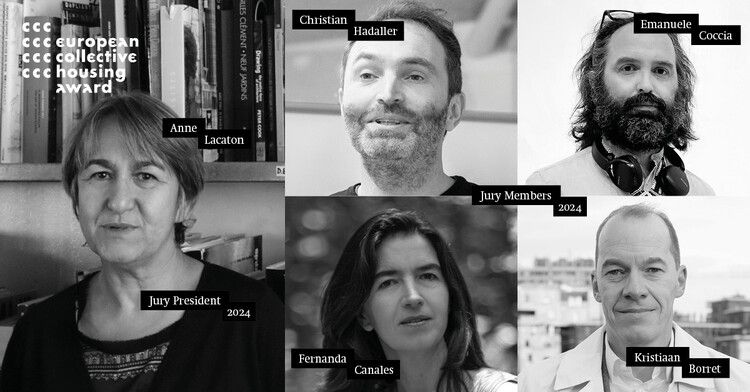
We have to make collective places as attractive as a house, with a garden, with a neighbor. And I think it is possible. It’s just a way of thinking about housing in a different way.
So collective housing is attractive because it brings people together, and bringing people together should create a friendly and non-conflictual relationship. That is why it is so important to consider that individual space is as relevant as collective space. Because if we think simply in collective terms, and if we have very small and uninteresting spaces, we cannot expect people to be open enough to have good relationships with others in the community. This is very important because this is not always the case. Nowadays, very often programs give all importance to the community, while individual space continues to shrink. Generous space for the individual creates a better community space. This is very important.
Everyone needs privacy, something private. They will enjoy being with others more if they know they can be alone and well somewhere. So, it is important to understand this and not think that everything must be communal for collective housing to be successful.
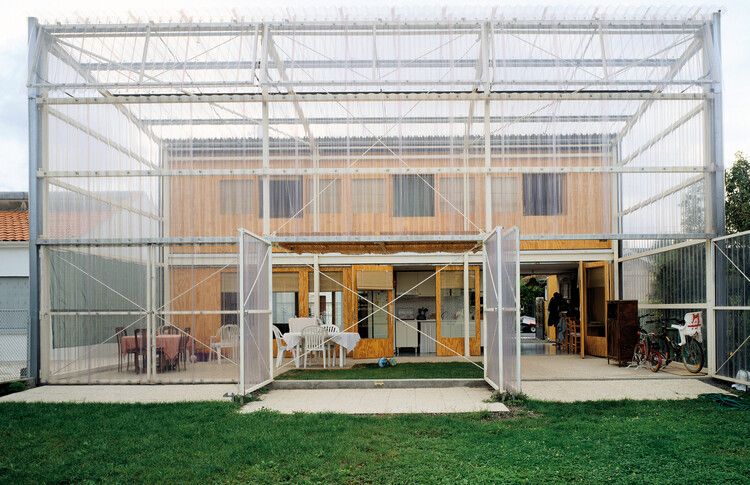
AD: European Collective Housing Award emphasizes aesthetics, social responsibility and environmental sustainability. Could you share what qualities or characteristics of the winning project that stood out to you and the jury?
TO THE: When we talk about housing, we talk about space and relationship, space as a space of relationship. And it is important to place this at the center of the design. Everything else is something that comes from here. Sustainable design, you know, construction, aesthetics, materials. So, in the projects that we have selected, the winning projects, we have found all this. For La Borda there is also something special: it is an interesting production model. It’s cooperative. But in both cases, each place accessed is searched exhaustively.
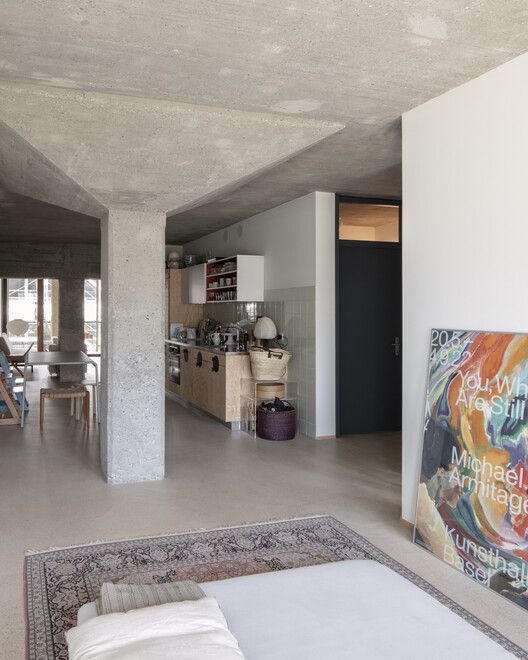
It is sought in a positive and generous way. For me, when we talk about housing or any architecture, it is important not to forget that architecture is above all a space for living in a broad sense. And that space is not something that can be looked at from the outside. It is a space that you experience. Then you’re in. And for us, the façade and the aesthetics arise from the decision of what kind of relationship we want to define between the interior and the exterior, between oneself and others. So when you define the nature of the separation or opening, it’s not a choice of material. It is a choice of material that adapts to the quality of the relationships that you want to achieve.

AD: While your work in Europe has had a significant impact on social housing, how do you think your principles and approaches will be adapted to social housing projects in other parts of the world, particularly in developing countries?
TO THE: I think if you consider the question of space and how to live in it, how to live together, how to react to the climate and to the environment, and how you make it possible for everyone, you can’t go wrong. And then, it’s just a matter of understanding where you are. And the answer will not be the same in Europe, France, Africa or the United States. But if we approach it with these fundamental questions, then I don’t see why it should fail anywhere.
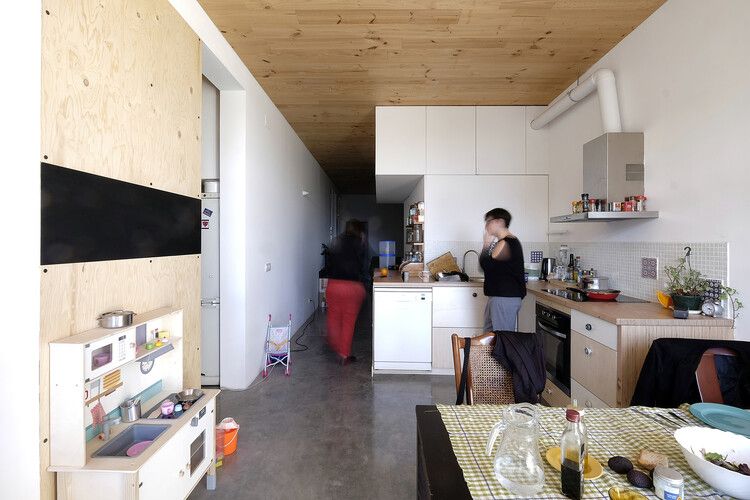
I think if you have this attitude of, on the one hand, generous position and intention and, on the other hand, careful observation of where you are, then the combination should create good things.
So for me, maybe I’m too optimistic. But I see that in some countries, in Africa for example, you see how some homes are organized, or you see that there is this care with different tools and materials, but it works. If we stick to some underlying philosophy or principles, I don’t see why it shouldn’t work everywhere.
